
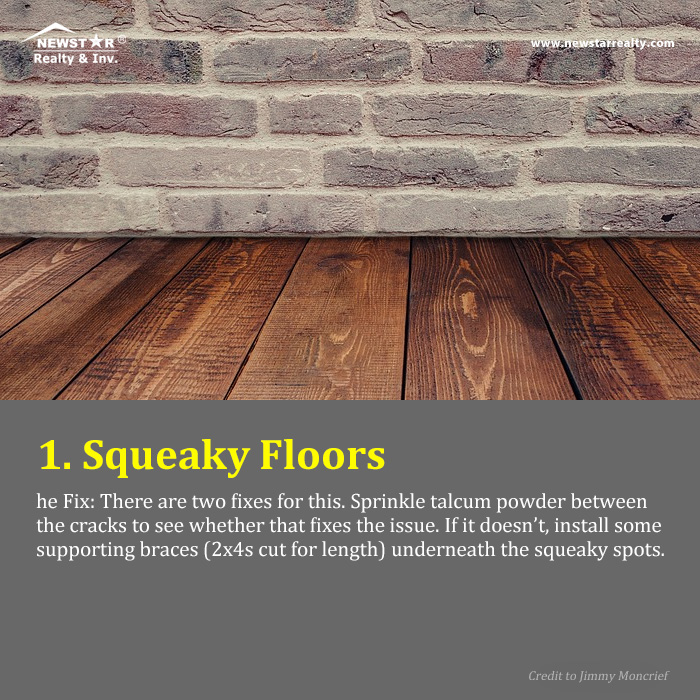

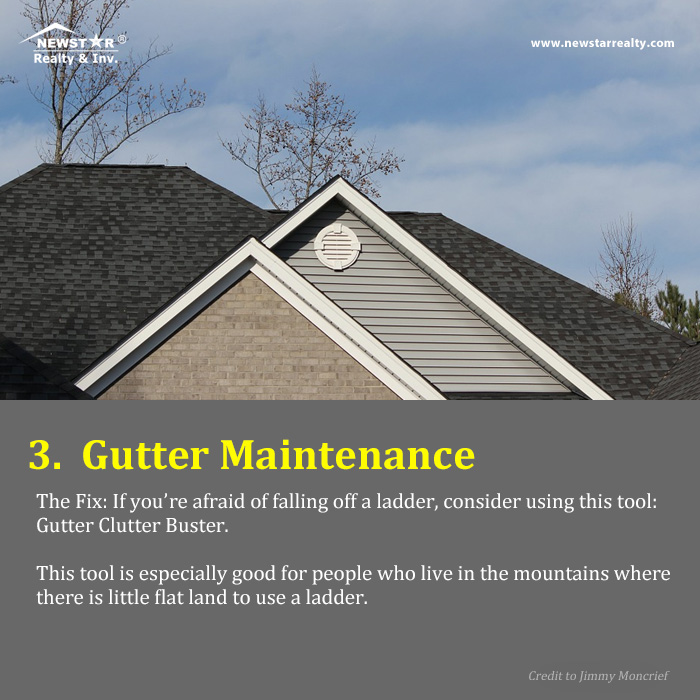

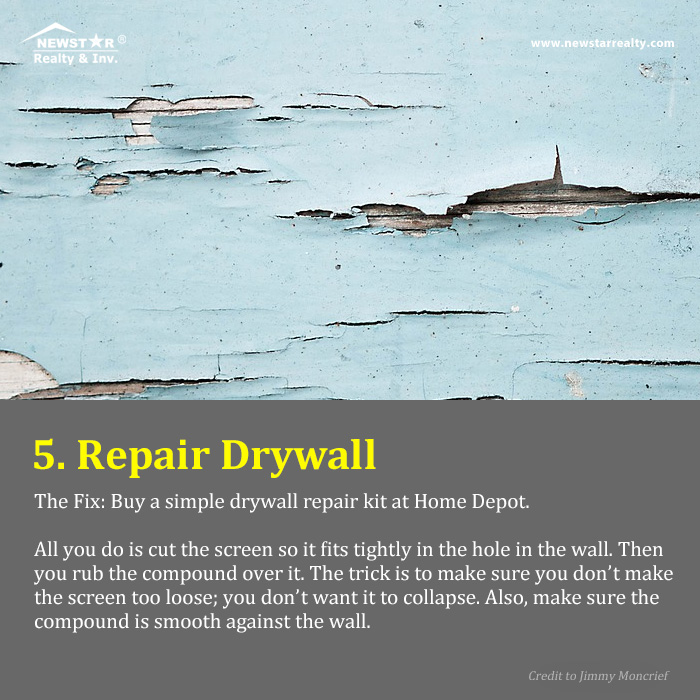




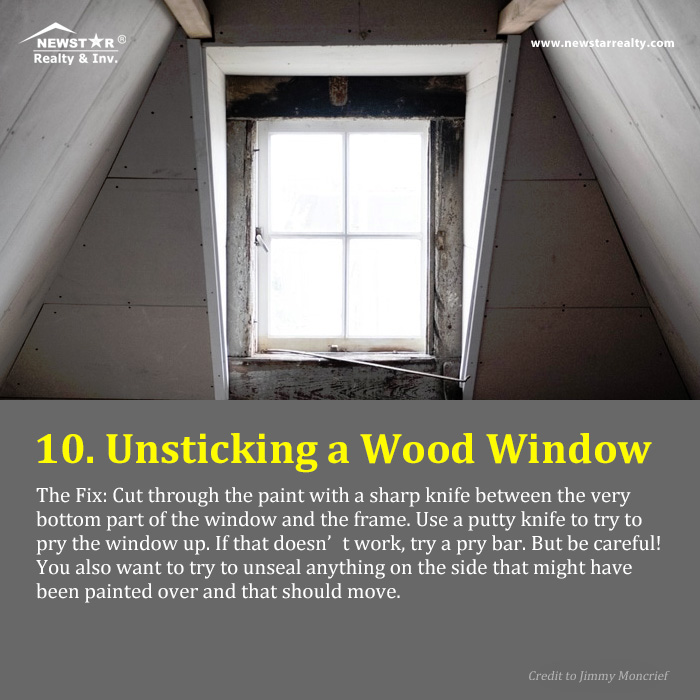

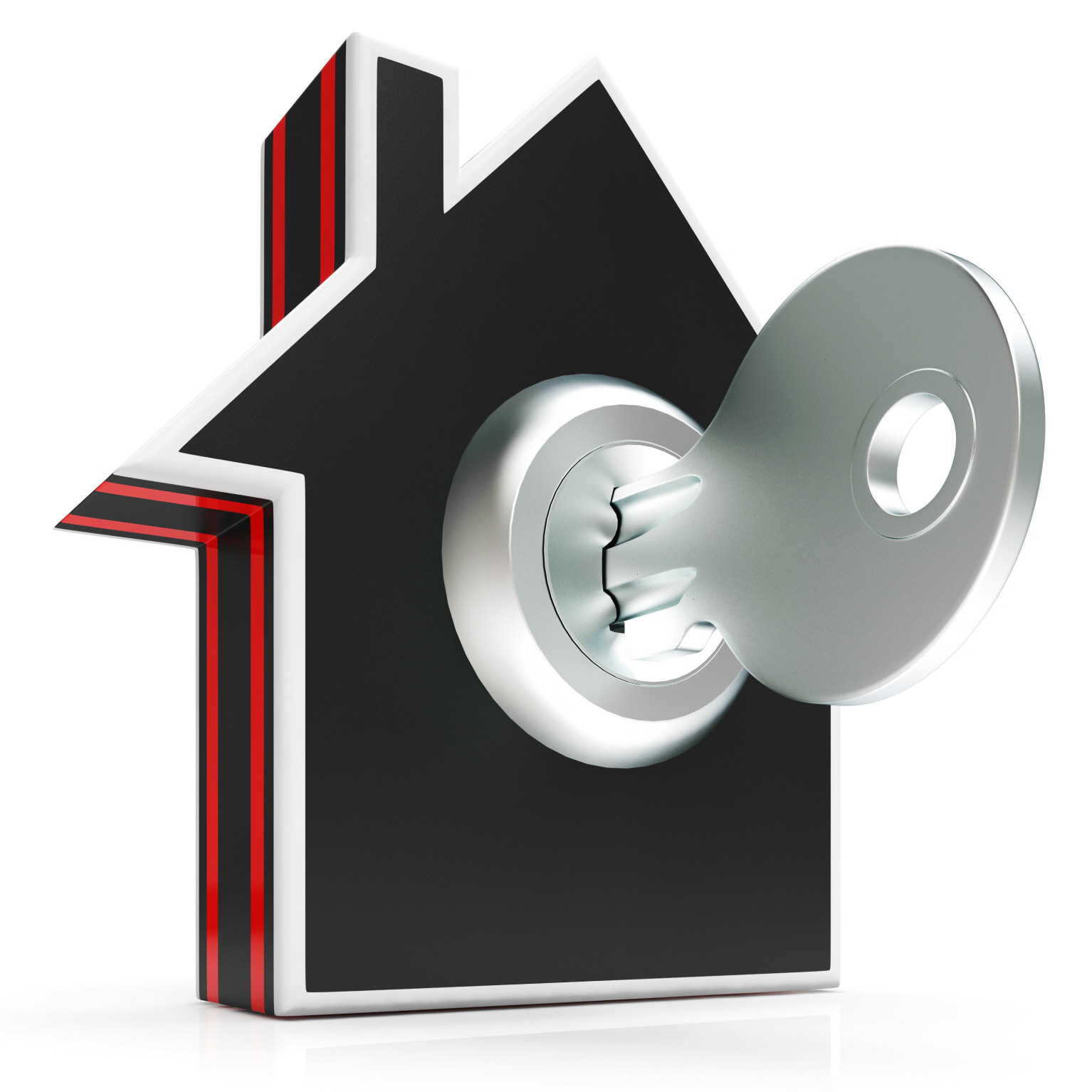
Locks are a property’s first line of defense. Before the alarm goes off, there is a small piece of metal keeping someone from breaking in.
But for a rental property, locks are so much more. They are a landlord’s or property manager’s way of assigning and revoking access. If someone moves out, they should not be able to get back into the property.
When a new tenant arrives, they should have complete access to their new home. That requires having old keys returned, rekeying, and having new keys made — and that is if the lock does not break.
With so many things to consider, how do you go about choosing the right lock?
A big concern with the frequency of a lock’s use is the amount of wear that the metal gets. These devices work from metal sliding past metal. As a result, the more the lock is used, the faster it wears out and needs servicing. On a property with many renters, you may want to consider getting a commercial-grade mortise lock. These devices stand up to a higher frequency of handle and key turns, and the components are easy to replace and repair if anything in the lock brakes.
There is a need to rekey the locks with every turnover in renters. Certain locks, such as any Kwikset SmartKey cylinder, are easy to rekey. These locks are made for deadbolts, handles, and knobs. The ease of rekeying allows you to change the key that works with these locks quickly and without calling a locksmith. The problem with items such as the SmartKey or the U-Change lock is that there is often a compromise in the security of the lock.
The U-Change Lock has a bypass that allows anyone to reset the lock to any key blank they can fit in the keyway. With security products, convenience often comes at the expense of safety.
A big issue with renting is that key control goes out the window. When you cannot control the key, you may need a lock change instead of simply rekeying. Once you give someone a key, it is your best guess what they do with it. Even a key with an impressioned “DO NOT DUPLICATE” message does little to protect the key from being copied at the local hardware store.
Many key duplicators are self-service machines, meaning that no one will see your message. And even if they did, many service techs at big box stores don’t care.
The answer to this dilemma is a lock with a patented key. These locks cannot have a key made without the registered lock owner approaching a locksmith or another register key distributor of the company. No one will be making keys without you if you make this investment. (Though industrious criminals could buy patent breaker keys and hand file them, this is not a concern for most landlords.)
Having a lock that provides the property some security is essential. What is up to you is how much you care about said security. The base level of security is a lock on the front door. From there you add locks.
The next step is investing in locks that are harder to overwhelm. You want something with some level of anti-drill protection and with bump-key resistance. You may install an anti-drill plate to stand up to drills. They spin freely so that a drill bit cannot get a bite on the metal. They may also have a hardened steel pin that deflects a standard drill bit.
For bump-key resistance, you want security pins. Be wary of Kwikset and Schlage products that make this proclamation, as both have had products that claimed to be bump-proof, which was shown to be false.
For protection against forced entry from kicks and battering rams, focus more on the door and doorjamb than on the lock.
All of these companies have different lock models with different capabilities. Each lock is going to have different strengths and weaknesses which may not always line up with the brand’s overall track record. These are my favorite lock companies, in order:
Now that you know what to look for in a lock, all you need to decide is what matters most to you. This does not have to be anything as heartless as saying that security does not matter. All you have to do is weigh the risks.
There are more ways to improve your security than just your locks. When it comes from threats that a rental property faces, the best place for security to start is often with key control.
Ralph Goodman is a professional writer and the resident expert on locksmith topics such as and security over at the Lock Blog. The Lock Blog is a great resource to learn about keys, locks and safety. They offer tips, advice and how-to’s for consumers, locksmiths, and security professionals.

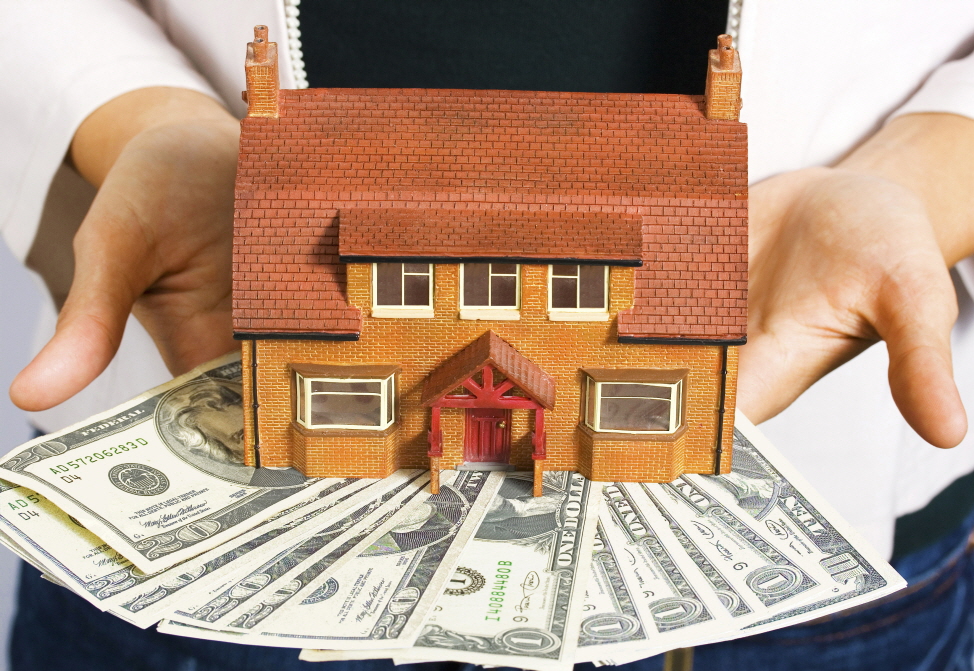
Welcome back to the three-part series: A Beginner’s Guide to Multifamily Investing. If you haven’t already, read Part 1: How to Buy a Multifamily Rental Property.
Why would you want to increase the value of your small multifamily investment property after you emptied your pockets just to purchase it?
First and foremost, you may be able to increase the rent and/or your property value, either of which will further increase your total borrowing power. With value-add investment, you have the option to implement any of the following strategies at a leisurely pace to improve your property incrementally over time. The associated expense is simply the cost of opportunity.
If you have an outdated property that needs cosmetic work or modernization, if you revive the property, it is likely that you could dramatically increase the rent. The rental income from outdated units will land somewhere between modern rates and those from its original era. But an upgraded unit can fetch market rates.
My own strategy is predicated largely on acquiring historic rental properties that need to be improved and then bringing them to the top tier of my local market rents.
If there are common areas in your property, it is very difficult to capture their true value in rent. Whether you give the key to the hallway closet to a tenant or open that space directly into one of the units, increasing the square footage of personal area will also allow you to increase your rentable square footage and total rental income.
This strategy can add value if a property is not the right size or configuration to suit the demographic makeup of its market.
If you have a 3,000 sq ft unit, you might consider splitting it into two 1,500 sq ft units. They will be easier to rent because the total monthly cost will be significantly lower to each tenant and will subsequently reach a larger segment of the population. This will decrease vacancy and may also increase your Gross Scheduled Income.
Accounting, advertising, insurance, lawn maintenance, legal fees, licenses, property management, repairs, and maintenance all add up. Anything that you can do to decrease any of these expenses without sacrificing the quality of the property is all money in your pocket.
Because gas, water, and electricity are all consumable resources that can be used variably by tenants, it is appropriate to have them pay as much of their utility expense as the market will bear in your area.
If the infrastructure of your property is not already metered separately, consider doing so. There is an entire industry built around sub-metering behind your master meter to help allocate expenses to your tenants fairly.
Property taxes fuel the public improvements that make your market a desirable place to live; you want to pay your taxes to keep this cycle flowing, but you don’t want to pay more than your share. If you are able to convince your local appraisal district to lower its book value of your property on the tax rolls, it will noticeably decrease your overall property tax expense.
Evaluate the properties surrounding your house that are similar to craft an argument that illustrates to the authorities how they have over-assessed your property in relation to your neighbors’ properties.
There are a number of strategies to develop secondary sources of income from your rental property. Premium paid parking is an excellent example, as one of your tenants will certainly want to reserve the lone carport in your fourplex for their most treasured automobile. Invariably, shared resources in small multifamily properties are underused or abused if they are not valued fairly.
If your rental rates are significantly below the rest of the market, you may be able to simply increase the rent at the next available opportunity. Even a 3% annual inflationary increase will add up over the years.
In the upcoming and final article of A Beginner’s Guide to Multifamily Investing, we will explore how you can multiply your rental property income over time by recycling equity and leverage.
Ben Bowman is an Architect, real estate agent, investor, and author at AssetsandArchitects
